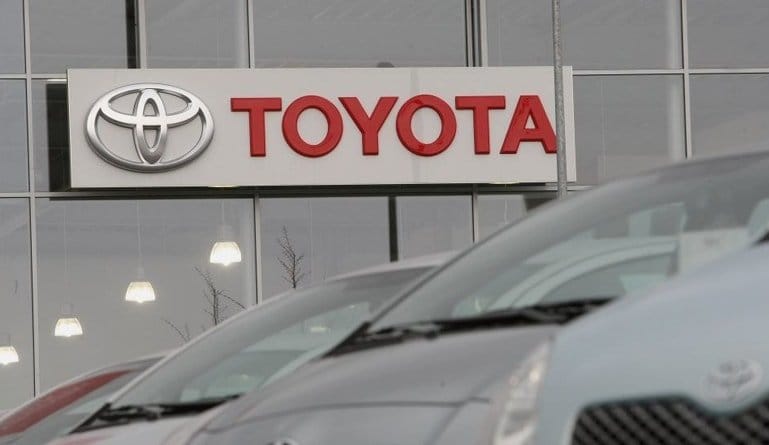By 2021, Toyota Motor Corp. intends to begin selling U.S. vehicles that can communicate with each other utilizing wireless technology the Japanese automaker said on Monday. They claim this could possibly avoid a huge number of accidents yearly.
The U.S. Transportation Department must choose whether to receive a pending suggestion that would require every single future vehicle to have the advanced innovation. Toyota would like to embrace the devoted short-run correspondences frameworks in the United States crosswise over the vast majority of its lineup by the mid-2020s. Toyota said it trusts that by reporting its designs, different automakers will follow suit.
The Obama organization, in December 2016, projected the requirement of the technology and gave automakers no less than four years to consent. The proposition expects automakers to guarantee all vehicles “speak the same language through a standard technology,” Andrew Coetzee, group VP for planning and strategy at Toyota, disclosed to Automotive News. “Our commitment today is No. 1 we are going to deploy the technology and No. 2 we would like others to join,” Coetzee said.
Automakers were conceded a piece of spectrum in 1999 in the 5.9 GHz band for “vehicle-to-vehicle” and “vehicle-to-infrastructure” communication and have considered the innovation for over 10 years, yet it has gone to a great extent unused. Some in Congress and at the Federal Communications Commission figure it ought to be open to different uses.
In 2017, General Motors Co. started offering vehicle-to-vehicle equipment on its Cadillac CTS cars, however, it is right now the main economically accessible vehicle with the framework. Vehicles utilize devoted short-go communications to transmit information up to 300 meters, including location, direction, and speed, to close-by vehicles. The information is communicated up to 10 times each second to adjacent vehicles, which can distinguish hazards and give notices to keep away from unavoidable accidents, particularly at intersections.
Toyota has set up the technology in Japan to in excess of 100,000 vehicles since 2015. The U.S. National Highway Traffic Safety Administration said a year ago the direction could in the long run cost amongst $135 and $300 per new vehicle, or up to $5 billion every year. However, the technology could avoid up to 600,000 crashes and decrease costs by $71 billion every year when completely conveyed.





